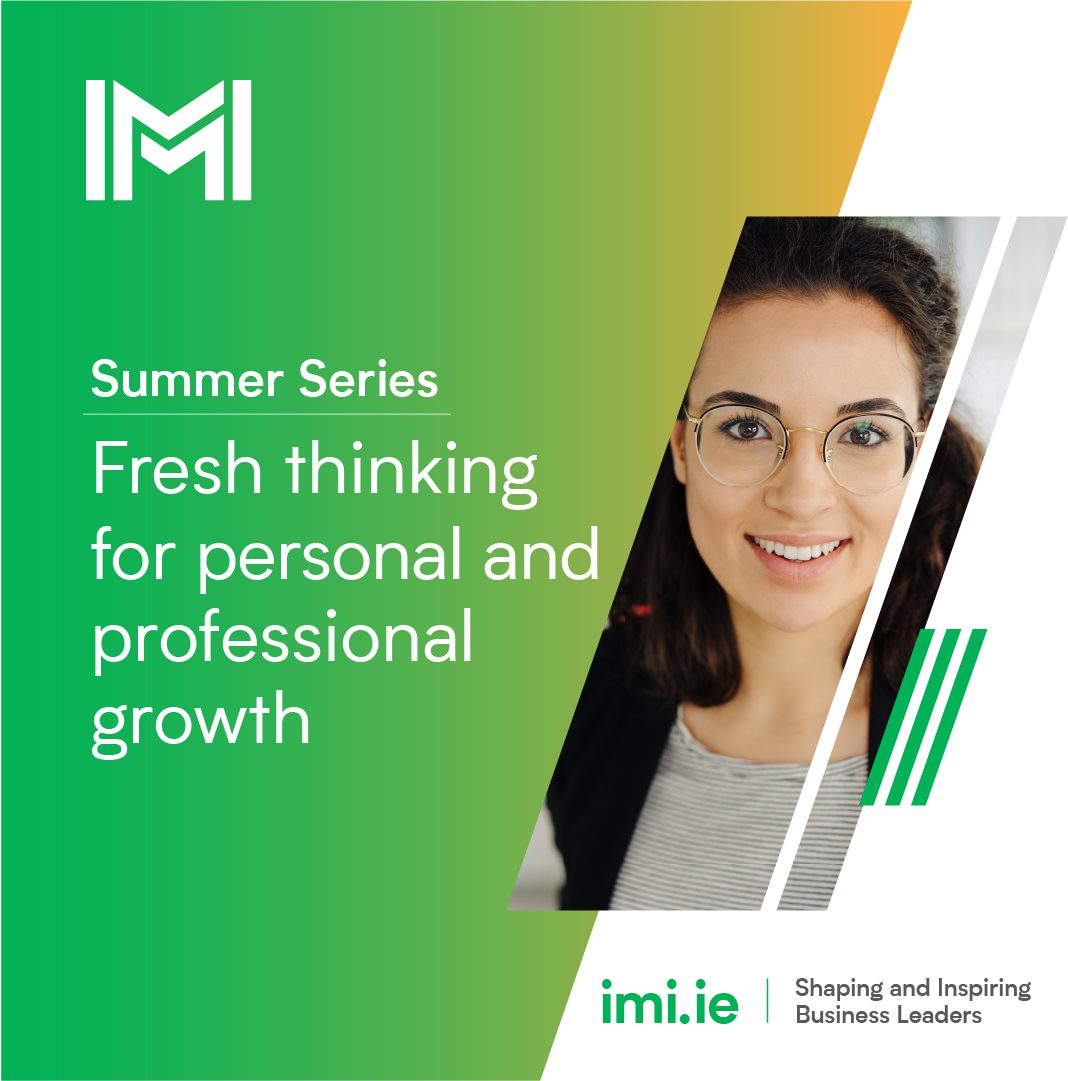Many organisations struggle with the integration of acquired companies due to uncertainty at three levels. Firstly, formulating and communicating a coherent business strategy pre-supposes an in-depth knowledge of the acquired assets, resources and capabilities.
It takes time, however, for employees to get to know their counterparts, and for trust to develop to a point where meaningful discussions regarding merged objectives and capabilities can take place. So ‘hoped for’ synergies in Production, Operations, Customer Service, Sales, Marketing, Finance, IT and HR may not accrue as quickly as desired.
Secondly, even within organisations, different entities, divisions and departments operate in specific ways, subject to local management, commercial or regulatory factors. The resulting orgnanisational culture may have developed over some time, and therefore managers and employees may be reluctant to change the way they work overnight. Sales territories offer a particularly thorny subject for merging entities, for example. On the flipside, “quick win” synergies on the supply chain side may be negotiated rapidly in the form of volume purchase agreements with a rationalised supply base.
Finally, the systems that collect, store and disseminate information, the lifeblood of the organisation, are inevitably based on different technologies. Unsurprisingly, however, the one resource that requires instant homogenisation is the information resource, whether that be with respect to products, customers, markets, employees, locations, or overall financial health. For employees in many merged organisations, the first and most obvious manifestation of the new organisation is their newly acquired email address.
Cloud Strategy is helping organisations to assimilate new business activities following a merger in three ways.
1. Managers know that mergers require strong leadership at the strategic level.
Where energy and commitment are required to knit the two organisations into a cohesive whole. The key driver of this cohesion is trust, and trust is only built over time through good communication. Research suggests that post-acquisition integration speed and leadership has a positive impact on the commitment decisions of employees to stay with acquired firms during the integration process (Schweizer and Patzelt, 2012). Cloud based platforms can offer a “staging area” for interaction with both internal and external stakeholders.
Customers will need to be informed quickly of the new commercial arrangements, financial stakeholders will be keen to see their portfolio impact, and employees will want to get to grips with their counterparts by understanding their respective roles and responsibilities. Private cloud solutions can be implemented rapidly to deal with these urgent communication requirements.
2. All organisations can benefit by re-looking at customer requirements, and how they are organised to meet those requirements.
Mergers offer the ideal opportunity to reconsider basic concepts such as the customer value proposition, the revenue model, the cost model, and relationships with key partners. Innovative thinking will be prompted by freeing employees up from the constraints of legacy processes and applications.
Once again, the rapid deployment and reversibility of cloud based platforms encourages such creativity. If the “sum is going to be more than the parts”, then all actors involved need to be able to rapidly envisage and communicate what that “sum” is, and cloud prototyping can reduce this timescale to a matter of days and weeks, rather than months and years.
3. Finally, and perhaps most visibly, organisational integration is achieved by integration at the level of data structures.
Such that newly acquired colleagues can identify, communicate and share resources with each other. At a more advanced level, this involves rolling out common platforms across all the functions of the enterprise.
The cloud provides a flexible infrastructure (and ultimately, a target development platform) for such legacy integration projects.
By swiftly addressing these 3 questions (joined up strategy, business model innovation and data level integration), and taking the time to plan and pro-actively implement the organisational change that accompanies a merger, organisations can achieve faster integration of acquisitions, reduce stakeholder uncertainty, and improve the retention of key resources.
Dr. Fergal Carton specialises in Management Information Systems and Managerial Accounting Systems. Fergal worked as a management consultant for 15 years, starting with the Boston Consulting Group in London. He has been on programme committees for various European conferences (ECIME, CONFENIS, ECIS) and spearheads the FSIC research activity in mobile payment ecosystems. Fergal is Programme Director for the IMI Diploma in Cloud Strategy.



